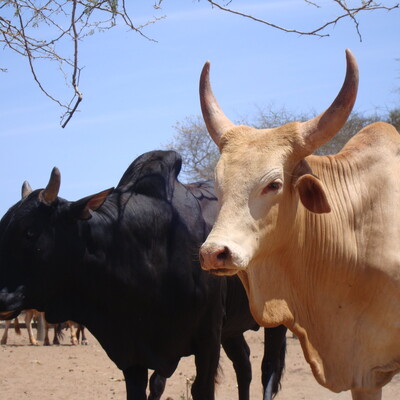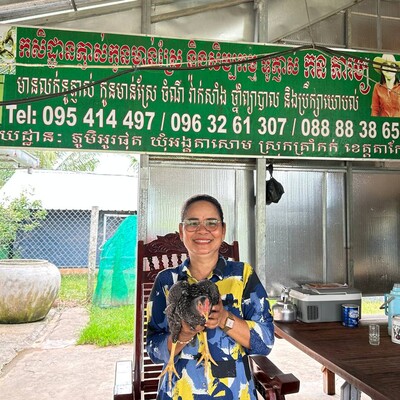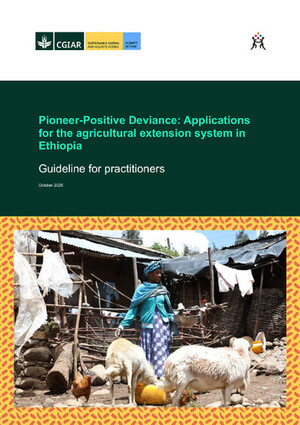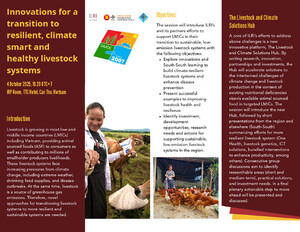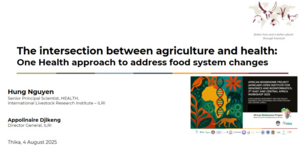
Study highlights the essential role of working equids in advancing sustainable development
‘Farming is made possible by donkeys,’ notes a member of the Tharuni women’s group in rural Kenya. Mules, horses and hinnies—collectively known as working equids—haul water and firewood, fertilize fields, plough furrows and even, in the narrows of Lesotho, carry invaluable lab samples over treacherous mountain passes. Some 800 million rural poor worldwide, many of whom are smallholder farmers, depend on them. In many parts of the world, to be a smallholder farmer means to be reliant on equids. Yet their importance to the agricultural economies of low- and middle-income countries (LMICs) have been overlooked by both governments and agricultural experts, who opt instead to focus on livestock that directly benefit the economy through animal products. Even the Food and Agriculture Organization of the United Nations only began recognizing equids as livestock in 2016. The chasm between equids’ importance and the attention paid to them hinders our knowledge of how they can best contribute to sustainable development.
New research into the importance of working equids sheds light on their critical role towards achieving the UN’s Sustainable Development Goals (SDGs). The study, led by Delia Grace, professor of food safety systems at the Natural Resources Institute on joint appointment at the International Livestock Research Institute, in collaboration with experts from Brooke and World Horse Welfare, has consolidated data on working equid importance to the SDGs and presents recommendations to better include equids in development objectives.
Equids are crucial in contributing to SDG 1 (no poverty) and SDG 2 (zero hunger) in their critical role as a transportation mode and involvement in food value chains. In Kenya, some donkey owners earn 87% of their income from commercial transport. In Burkina Faso, farmers who lose a donkey have an estimated 50% loss in cultivated products, while donkeys in Senegal’s sylvo-pastoral zone and groundnut basin supply water to 400,000 small ruminants per day.
Beyond their most common transportation use, equids contribute to their communities. Essential in facilitating access to healthcare, working equids improve good health and well-being (SDG 3). In one Tunisian survey, 90% of respondents use income from equids towards medical care, while in Ethiopia, they are used to transport patients to clinics. Working equids are also strong promoters of clean water and sanitation access (SDG 6) and gender equality (SDG 5) by helping women and girls save time on household tasks. It is estimated that women and girls in LMICs spend 200 million person hours per day collecting and transporting clean water. Equids are an asset in cutting down the time collecting and transporting water necessary to support rural communities. Some 80% of survey respondents in remote and mountainous regions of Tunisia rely on donkeys to transport water and it has been shown that donkeys can carry up to 400 litres at a time.
If working equids are so important to advancing SDG goals, why aren’t they more prominent in policymaking? Answers to this in part can be found in the lack of expertise and attention on equids. Unlike other livestock that are prized for their animal products, the economic benefits of working equids are indirect and not easily measured. A lack of data around equid contributions gives the perceived effect that they are less valuable. Working equids are often not defined as livestock under government ministries, leading to loopholes and exploitation. This lack of attention is compounded by the tendency for equids to continue to work even when poorly treated. A study of 227 horses in India and Pakistan showed that all of them were lame, an injury affecting the leg or hoof causing the animal to walk with difficulty. Despite equids' willingness to work under any conditions, countless research has shown that increasing equid welfare correlates to increased productivity.
Despite the lack of attention equids receive from experts and governments, rural communities are conscious of their importance. For the needs of 800 million rural poor to be met, better data on working equids’ contributions are needed to support this under-researched area. Such actions as national registration systems for tracking working equids in-country and using the evidence to support the impact of equids on rural livelihoods will expand their inclusion in policy measures. Integrating working equids into international agriculture, climate change and One Health policies will help to address this blind spot.








